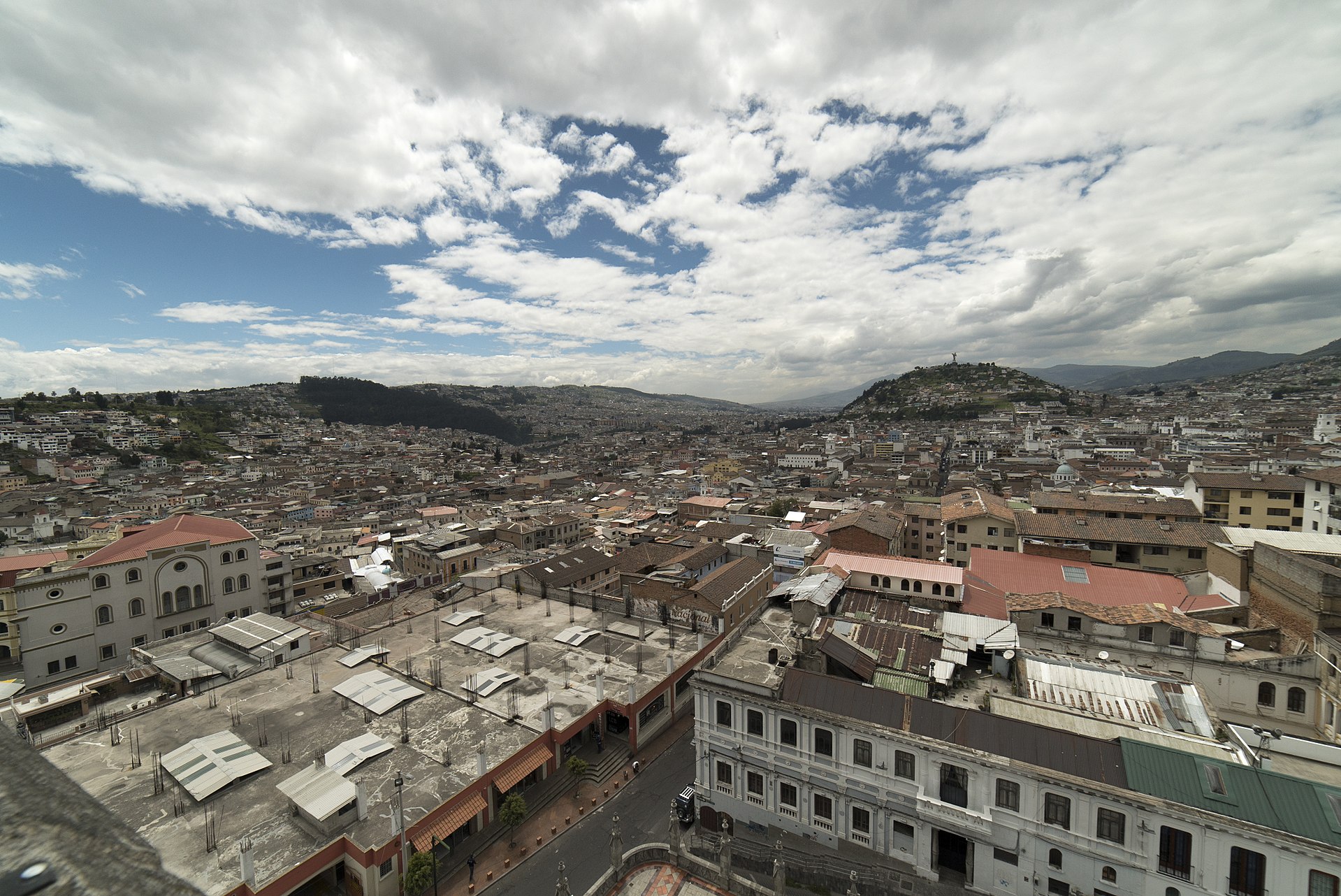YaEsta was one of the first sites to pioneer the Ecuadorian e-commerce market in 2012. When Alejandro Freund returned to his native Ecuador after studying in Argentina, Italy, and the US, he was shocked to see that there was virtually no way to purchase goods online. Freund had grown used to buying many commodities online while abroad from sites like MercadoLibre in Argentina. So, with funding from Kruger Labs, Freund and his co-founder, Martin Jara, decided to help grow the Ecuadorian e-commerce market from scratch and started what would become YaEsta.
If the most significant challenge to e-commerce in Ecuador today is convincing customers to buy online, one can only imagine what YaEsta faced six years ago. Freund and Jara originally built a site similar to Groupon, but eventually moved on to selling home goods, apparel, and appliances at a discount. At the time, YaEsta was called Revolucionatuprecio.com and mostly helped small producers sell their products online and reach a wider audience.
Fast forward to today, YaEsta now has a team of 25 people in Quito and is generating over US$3M in sales each year. Having raised a US$3M Series A round last year, YaEsta is taking on a strong position in the Ecuadorian e-commerce market. If you want to learn more about YaEsta, you can listen to my interview with Alejandro Freund on the Crossing Borders podcast.
The Challenges and Opportunities
As a small country of just 16 million people, Ecuador has not developed e-commerce as readily as its neighbors. Still, Ecuador holds a few advantages compared to the more robust economies in the region. Ecuador uses the dollar as its official currency and doesn’t put as many restrictions on foreign transactions. Over the past few years, the Ecuadorian government has lowered corporate taxes and provided incentives for local companies to develop online commerce. In 2014, the Ecuadorian Committee on Foreign Trade passed Resolution 23, which set up quotas and tariffs on products purchased across borders in order to boost the local e-commerce sector. Like Colombia, Ecuador even has its own dedicated Chamber of E-Commerce that incentivized the growth of the local industry.
Nonetheless, most consumers who purchase over the Internet in Ecuador are doing so via international sites. Linio, a Mexican online retail platform, as well as OLX and MercadoLibre, which are both active in Ecuador and constitute YaEsta’s main competitors. Some sources claim that up to 98% of Ecuadorian e-commerce purchasing comes from international sites. However, YaEsta stays ahead of most international companies by focusing specifically on the Ecuadorian market, much like how 99Taxis beat out intense foreign competition in Brazil with its heavy regional concentration.
Recently, Ecuador’s 2017 eCommerce Day recognized YaEsta among several other local sites including LatAm Autos, an online classifieds for the auto industry, and Fybeca, a pharmaceutical chain that allows online purchasing. Comandato, a local retail chain, won the prize for best mobile commerce system by allowing customers to buy products via Whatsapp. Another local platform that developed around the same time as YaEsta is Neverlandmoda, an infant clothing shop that was developed online first.
E-commerce in Ecuador is barely 1% of the Latin American e-commerce industry. While Ecuador supposedly has the fastest 4G network in Latin America, it also has one of the lowest levels of Internet coverage in the region, with just 36% of families accessing the Internet from their homes, and 42% of people accessing mobile Internet.
In many ways, these challenges make Ecuador a ripe opportunity for e-commerce development, and companies like YaEsta are growing quickly. As Internet and mobile coverage reach a larger portion of the population, this small country has the potential to develop a substantial e-commerce market on the coattails of its pioneers.
